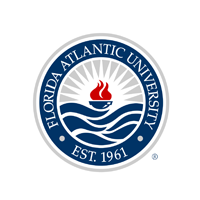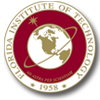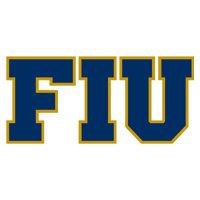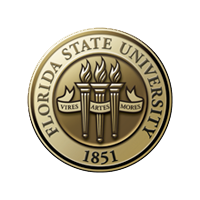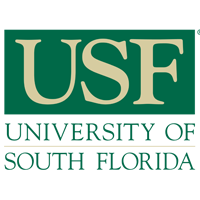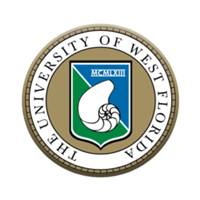Florida LambdaRail’s state-of-the-art 400Gbps network supports discovery and outreach by enabling our members’ research and experimentation projects.
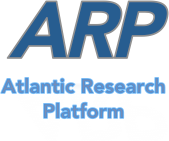
Atlantic Research Platform
The Atlantic Research Platform (ARP) is a science-driven, high-capacity data exchange and transport facility that links campuses to other regional, national, and global science DMZs, the AtlanticWave, Internet2, Energy Sciences Network, and the Global Network Advancement Group (GNA-G). The ARP integrates campus Science DMZs (following a model developed by ESnet) and links together many NSF Campus Cyberinfrastructure initiatives (e.g., CC-NIE, CC-IIE, CC-DNI) funded in recent years. With the ARP, FLR foresees extensive benefits for research within and around Florida and the country by extending and interconnecting campus research, HPC, and instructional technology environments beyond campus borders to the global research and education networking fabric with the integration of campus Science DMZs as secure enclaves for data-intensive science and high-speed data transport.
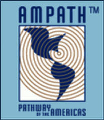
FIU/AMPATH
FIU/AMPATH is the premiere interconnection point for network-enabled U.S.- Latin America and Caribbean science research and education. Through its exchange point facilities in Miami, high-bandwidth network services are available for U.S. and international research and education networks to extend participation to underrepresented groups in Latin America and the Caribbean. AMPATH is a major research facility recognized by the U.S. National Science Foundation, supporting international e-science. The exchange point is a collaborative effort providing to its connectors:
-
- Access to Internet2 network
- Access to AMPATH connectors and peers
- Access to the Energy Sciences Network (ESnet)
- AtlanticWave Layer2 Transport service for national research networks
- Commodity Internet service through AMPATH’s multi-homed connections to Tier-1 providers
- Settlement Free peering to networks, such as Google, Akamai, gTLDs, Verisign, Limelight, and others
- Collocation Space
- Smart Hands and Engineering Service
- 120 Gbps of upstream bandwidth capacity via AtlanticWave and FLR

SSERCA
FLR supports the Sunshine State Education and Research Computing Alliance, which brings together university-based, geographically distributed high-end computing resources so that their collective impact is far greater than the sum of their individual parts. The Alliance’s mission is to further the development of a statewide computational science infrastructure of advanced scientific computing, communications, and education resources by promoting cooperation between Florida’s universities.
HPC Resources
FLR Member Research Computing Resources (Including HPC)
|
Participant |
Link |
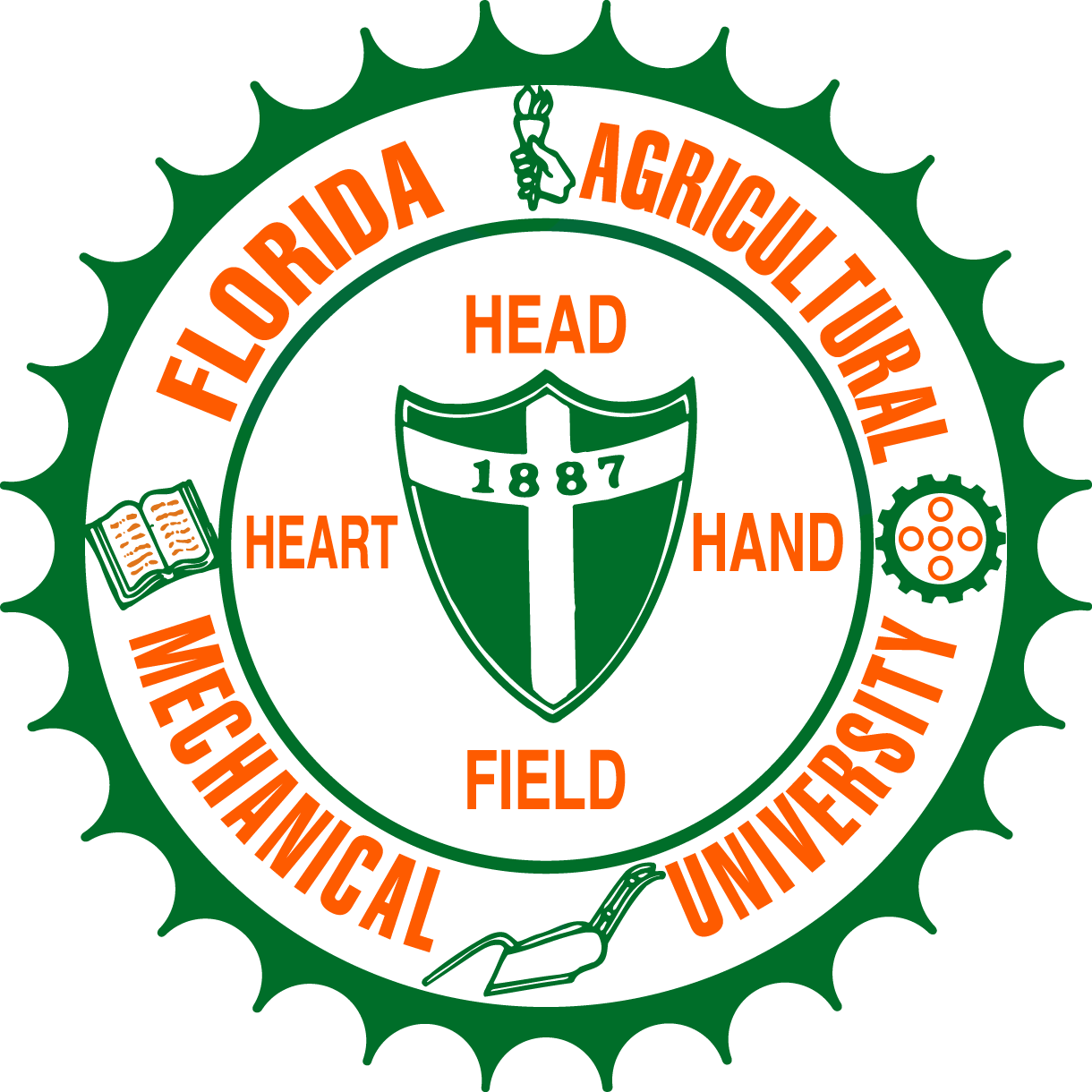 |
https://eng.famu.fsu.edu/cbe/research |
|
|
|
|
|
https://research.fit.edu/craft/?_gl=1*15zb4bd*_gcl_au*NDgwNTU3Njk2LjE3MjU2MjI4ODM |
|
|
|
|
|
|
|
|
|
|
|
|
|
|
|
|
|
|
|
|

LSST
The goal of the Large Synoptic Survey Telescope (LSST) project is to conduct a 10-year survey of the sky that will deliver a 200 petabyte set of images and data products that will address some of the most pressing questions about the structure and evolution of the universe and the objects in it. The LSST survey is designed to address four science areas:
- Understanding the Mysterious Dark Matter and Dark Energy
- Hazardous Asteroids and the Remote Solar System
- The Transient Optical Sky
- The Formation and Structure of the Milky Way
FLR & FIU/AMPATH provide major support to transport LSST data from South America to Miami on its way to researchers across the United States.
The Innovation Platform
Internet2 created the Innovation Platform to inspire a new generation of community-developed applications and empower members to deliver a new breed of tailored, better-yielding services for scientific researchers and educators.
In Florida, FLR’s partner institutions are working to construct their own innovation platform infrastructure that includes a 400 gigabit Ethernet (GE) technology Layer 2 connection, support for software-defined networking (SDN), and implementation of a Science DMZ.
- 400GE Layer 2 Connection – Unconstrained Bandwidth Availability: Extraordinary increases in network capacity and speed, delivered across a 100G national backbone, deep into the places where tomorrow’s innovators are at work, enabling widespread application development and delivery.
- Software Defined Networks – A New Class of Control: SDN allows previously untouchable, inflexible networks to be deeply programmable and optimized for compute, storage, visualization and transport capabilities so that all can be driven by applications.
- Science DMZ – Fewer Bottlenecks: Pioneering concepts like the Science DMZ provide a blueprint for architecting and optimizing local networks to support the very unique needs of passing high-bandwidth research data. Using this model, campuses experience improved application performance without sacrificing security and as a result can fully leverage their investments in 100G connectivity.
On the network level, FLR answered the challenge presented by Internet2 and deployed the three legs of the innovation platform – and then added a fourth leg – a Regional Science DMZ. The following is a list of FLR partner institutions’ progress on establishing the three legs on their campuses, in turn, connecting to the FLR Regional Science Dmz:
| CAMPUS | 100G | 400G | Campus Science DMZ | FLR Regional Science DMZ Connection |
| Florida A&M University | 2x100G | |||
| Florida Atlantic University | ||||
| Florida Gulf Coast University | ||||
| Florida Institute of Technology | ||||
| Florida International University | 2x100G | |||
| Florida State University | 100G | |||
| Nova Southeastern University | ||||
| University of Central Florida | ||||
| University of Florida | 400G | |||
| University of Miami | 100G | |||
| University of North Florida | ||||
| University of South Florida | 2x100G | |||
| University of West Florida |
